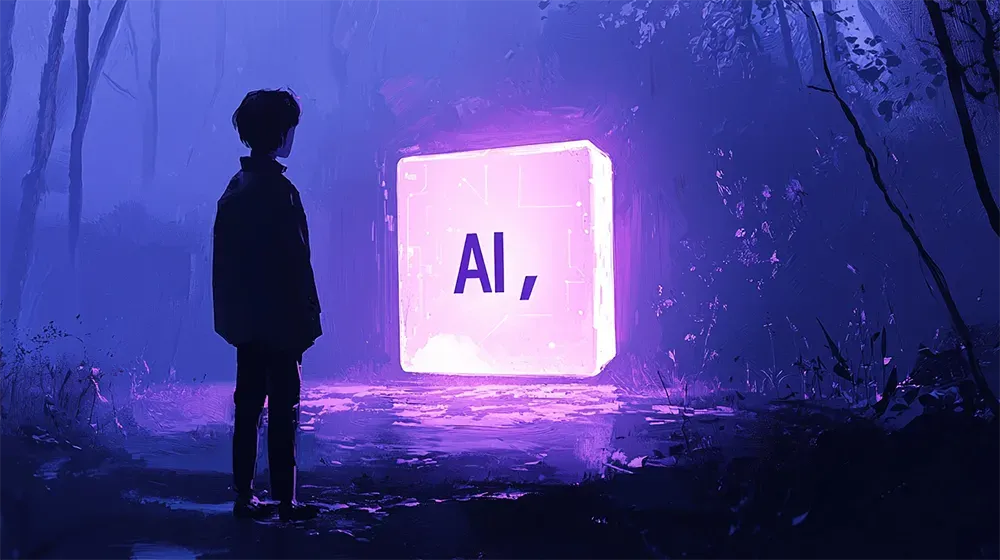Solar Geoengineering: A Quick Fix or Pandora’s Box?

What if cooling the planet could save us from climate disaster — at the cost of unleashing new global risks?
Andrew Ng’s latest AI tool, Planet Parasol, lets anyone explore the controversial world of solar geoengineering — a climate intervention that could drastically reduce global warming by releasing reflective particles into the atmosphere. The tool, developed with researchers from institutions like Cornell and UC San Diego, offers a hands-on way to simulate various geoengineering scenarios and their potential impact on global temperatures.
While the emulator visually demonstrates how solar geoengineering could cool the planet, it doesn’t yet account for the serious risks, such as damaging the ozone layer or disrupting regional climates. While the tool highlights AI’s potential in climate research, it risks oversimplifying a complex and potentially dangerous solution.
As AI enables more people to engage with these climate interventions, the question remains: Can we responsibly balance the promise of geoengineering with the risks it brings?
Read the full article on MIT Technology Review.
----
💡 We're entering a world where intelligence is synthetic, reality is augmented, and the rules are being rewritten in front of our eyes.
Staying up-to-date in a fast-changing world is vital. That is why I have launched Futurwise; a personalized AI platform that transforms information chaos into strategic clarity. With one click, users can bookmark and summarize any article, report, or video in seconds, tailored to their tone, interests, and language. Visit Futurwise.com to get started for free!






